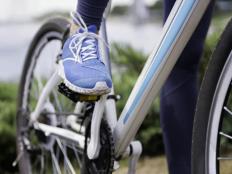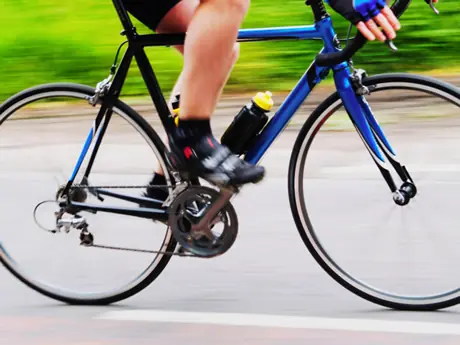Conversely, a measure such as heart rate can be affected by a variety of factors. An average heart rate of 160 bpm for a one hour ride may not indicate the same rate of work as another hour ride with an identical heart rate.
For instance, if one ride was done in hot, humid conditions while the other ride took place on a cool day, it is likely that the ride in cooler conditions produced a higher work rate. That's because riding in hot, humid conditions will typically result in a lower relative power output and a higher average heart rate. A power meter eliminates this problem by removing intervening variables such as heat, humidity and terrain.
More: Why Is My Brother More Powerful Than Me?
#4. Consistent Performance Measurement
As a coach, this is probably my favorite reason for training with a power meter. Simply stated, a power meter allows you to measure specific performance changes over time more accurately than any other method.
If you are trying to increase your functional threshold power (the highest average power a cyclist can maintain for 60 minutes), you can use a power meter to accurately determine your current FTP (this is typically done through a field test such as an all-out, 30-minute time trial or an actual 40K race). You can then measure your FTP at a later date to see how you are progressing. If your first field test yields an average power of 240 watts and subsequent tests show an average power of 250 watts, you can be absolutely certain that you have increased your functional threshold power.
More: Lactate Threshold and V02 max Explained
#5. Improved Cycling Position
One of the most important steps you can take to improve your performance on a bike is to find an effective cycling position, which is a position that maximizes comfort, power generation and aerodynamics.
While a session with a bike fitting specialist is of paramount importance, a power meter can also help you find an aerodynamic position. It allows you to determine how your position on the bike is impacting your overall speed and to identify changes that need to be made to produce the most watts with the least aerodynamic drag.
This is particularly helpful for time-trialists, track specialists and triathletes who compete without the benefit of drafting and require the most aerodynamic position possible.
More: How to Maximize Your Aero Bars on a Tri Bike
You can use your power meter to measure your effective frontal area just as accurately as in a wind tunnel. Although it is much simpler and more convenient in a wind tunnel, it is also more expensive. While the process is beyond the scope of this article, this is typically done with techniques such as the constant speed/power method, the regression method and Chung's virtual elevation method.
 Improve your power for your next triathlon.
Improve your power for your next triathlon.
- 2
- of
- 2








Discuss This Article